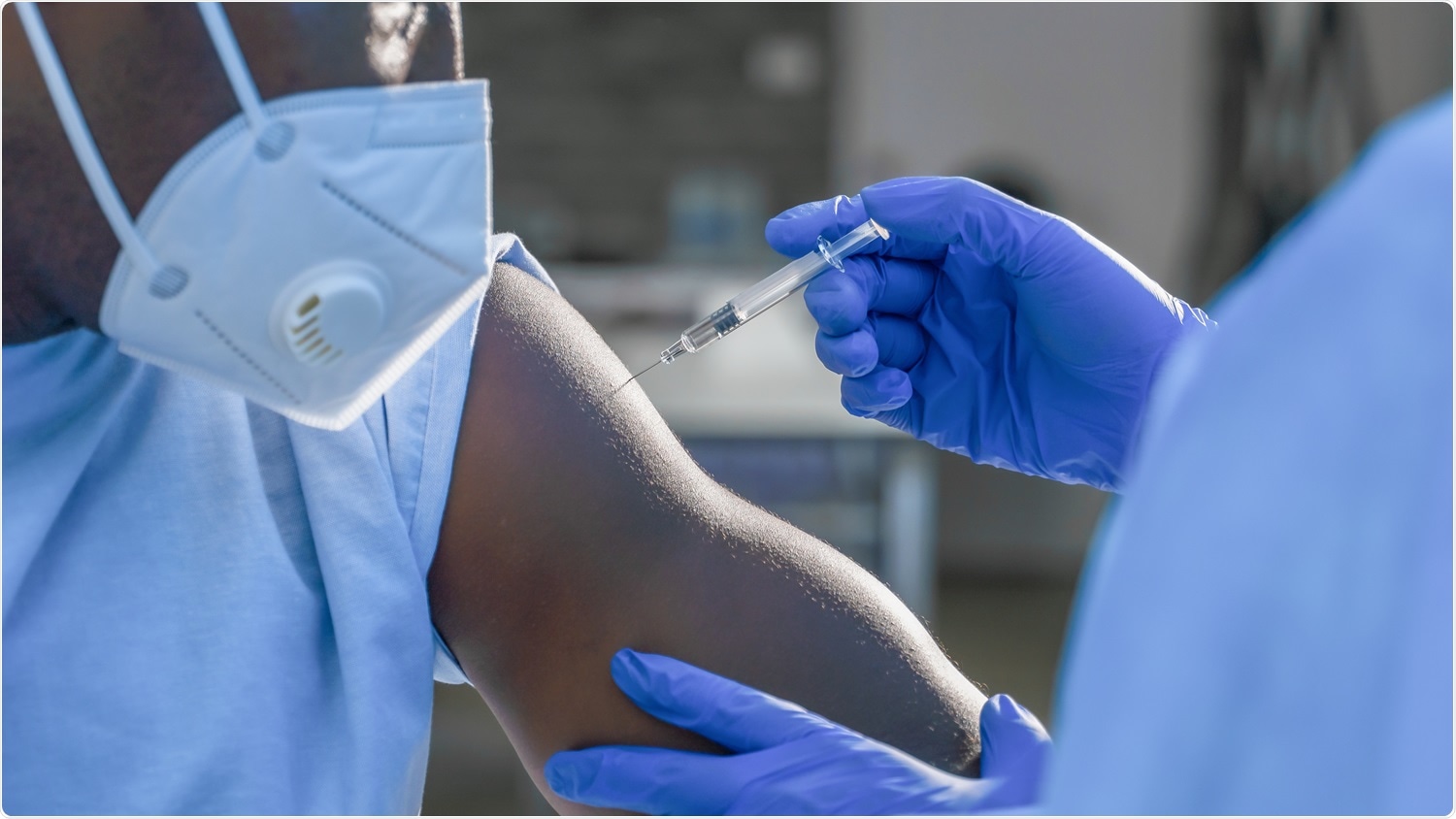The messenger RNA (mRNA) COVID-19 vaccines are relatively safe, with the majority of self-reported side-effects being mild and short in duration, according to findings from scientists at the U.S. Food & Drug Administration and the Centers for Disease Control and Prevention (CDC).
A new study posted to the medRxiv* preprint server, analyzed safety data from over 298 million mRNA COVID-19 vaccines administered in the first six months after the U.S. began its vaccination campaign.
While serious side-effects from mRNA vaccinations have been reported to the government, these events tend to be rare. By age group, deaths related to vaccine side effects were lower than expected.
The researchers confirm that vaccines remain the most effective weapon in preventing severe COVID-19 infection.

Vaccine distribution in the United States
The research team collected COVID-19 vaccine safety data from the U.S. government’s vaccine adverse event reporting system (VAERS). In this database, individuals can voluntarily submit unverified reports of illness or health problems that may be linked to vaccination.
From December 14, 2020, to June 14, 2021, a total of 298, 792, 852 mRNA COVID-19 vaccine doses were given in the United States. Of these, 167,177,332 were from the Pfizer-BioNTech vaccine, and 131,639,515 were from the Moderna vaccine.
A majority of vaccines were given to females (53.2%) than males (45.8%). The median vaccination age was 50 years for the Pfizer-BioNTech dose and 56 years for the Moderna vaccine.
Non-Hispanic Whites made up 38.4% of vaccine recipients.
.jpg)
VAERS reports minor and temporary vaccination side effects
A total of 340,522 reports were generated in VAERS. About 164,669 reports described side effects from the Pfizer-BioNTech vaccine and 175,816 reports described side effects from the Moderna vaccine.
About 92.1% of the documentation on COVID-19 vaccine side effects were not severe. The most common non-severe side effects included reports of headache (20.4%), fatigue (16.6%), fever (16.3%), chills (15.7%), and pain (15.2%).
About 6.6% of side effects reported were severe but did not result in death. About 1.3% of reported side effects were deaths after vaccination.
Serious adverse events included shortness of breath (15.4%), death (14.1%), high fever (11%), fatigue (9.7%), and headache (9.5%).
Reported deaths after vaccination
A total of 4,472 non-duplicate reports of deaths were made to VAERS. About 46.7% of reports of deaths came after the Pfizer-BioNTech vaccination. In contrast, 53.3% of deaths were reported after Moderna vaccination.
More than 80% of reported deaths came from people who were 60 years or older; the median age was 76.
Approximately 18.3% of reported deaths came from residents admitted to a long-term care facility.
In 4,119 reports, people were most likely to die about 10 days after vaccination. Though the greatest number of deaths occurred a day or two days after vaccination.
“Compared to expected background rates of death from all causes per million vaccinated persons, deaths reported to VAERS following mRNA vaccination were consistently 15-30 times less frequent within 7 days of vaccination, and 50 times less frequent within 42 days of vaccination, by age,” explained the researchers.
In 18.1% of deaths who had death certificates and autopsy reports available for analysis, the most common causes of death were diseases of the heart (46.5%) and COVID-19 infection (12.6%).
v-safe data suggests people could resume daily activities after vaccination
Over 7 million people who received an mRNA COVID-19 vaccine enrolled in v-safe, where researchers studied the impact vaccines may have had on people’s lives. This included a post-vaccination health survey a week after each dose.
The median age of participants in v-safe was 50.
People self-reported trouble performing daily activities a day after vaccination.
Females more than males and people over 65 were more likely to report vaccine side effects that impacted their daily activities.
Additionally, people reported more of a health impact after the second vaccine dose.
It was rare to have reports of vaccine side effects that prompted medical care. However, v-safe did not ask what symptoms caused patients to seek out professional help.
These findings may be helpful for unvaccinated adults who may be hesitant because of concerns of missing work while dealing with vaccine side effects.
*Important Notice
medRxiv publishes preliminary scientific reports that are not peer-reviewed and, therefore, should not be regarded as conclusive, guide clinical practice/health-related behavior, or treated as established information.
- Rosenblum HG, et al. (2021). Safety Monitoring of mRNA Vaccines Administered During the Initial 6 Months of the U.S. COVID-19 Vaccination Program: Reports to Vaccine Adverse Events Reporting System (VAERS) and v-safe. medRxiv. doi: https://doi.org/10.1101/2021.10.26.21265261, https://www.medrxiv.org/content/10.1101/2021.10.26.21265261v2
Posted in: Child Health News | Men's Health News | Medical Research News | Medical Condition News | Women's Health News | Disease/Infection News | Pharmaceutical News
Tags: Coronavirus Disease COVID-19, Fatigue, Fever, Food, Headache, Heart, Pain, Research, RNA, Vaccine

Written by
Jocelyn Solis-Moreira
Jocelyn Solis-Moreira graduated with a Bachelor's in Integrative Neuroscience, where she then pursued graduate research looking at the long-term effects of adolescent binge drinking on the brain's neurochemistry in adulthood.
Source: Read Full Article